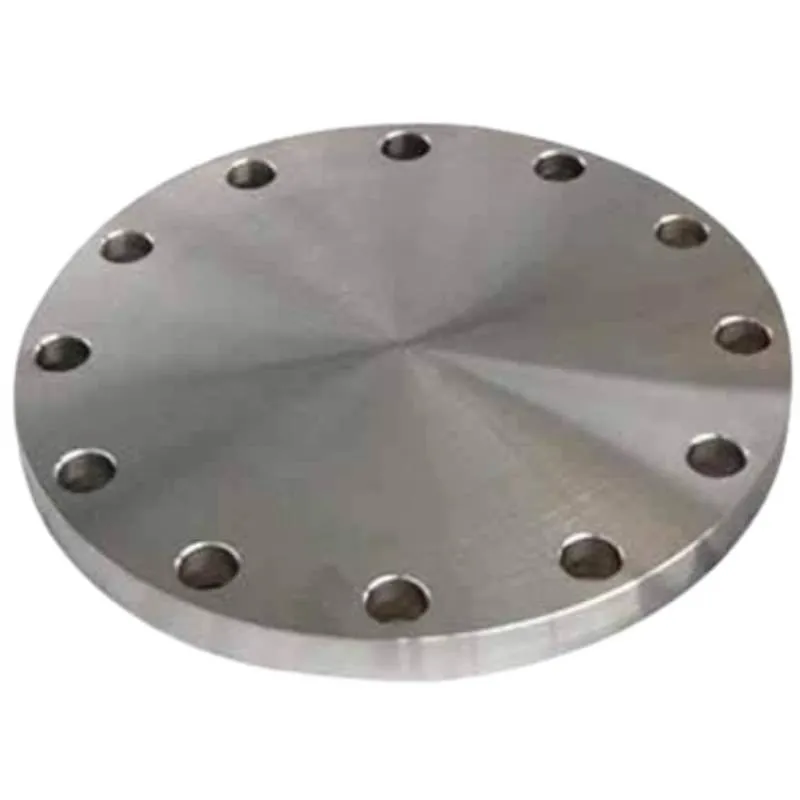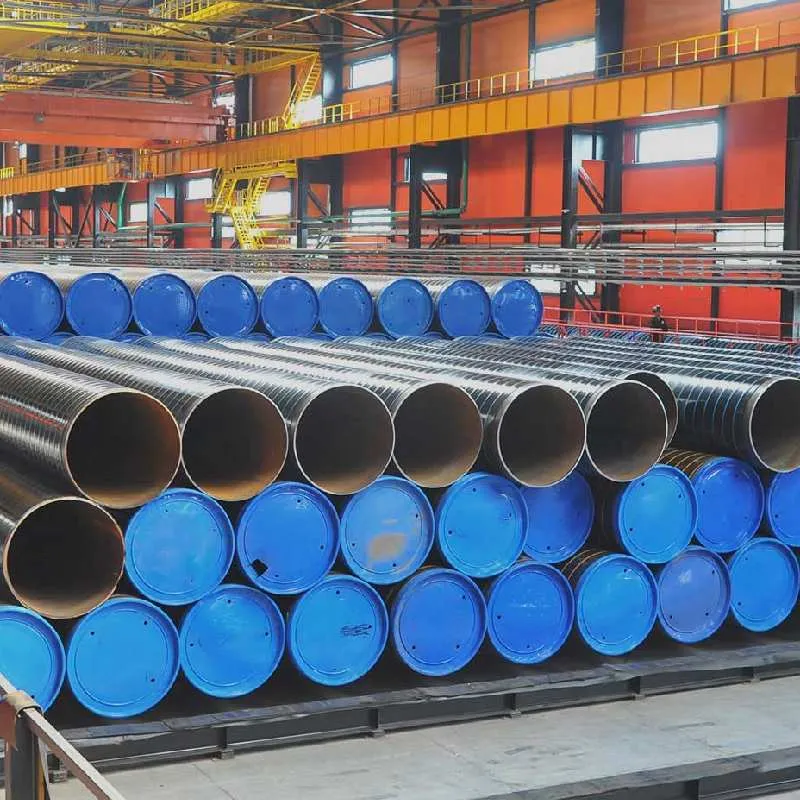-
Cangzhou Yulong Steel Co., Ltd.
-
Phone:
+86 13303177267 -
Email:
admin@ylsteelfittings.com
- English
- Arabic
- Italian
- Spanish
- Portuguese
- German
- kazakh
- Persian
- Greek
- French
- Russian
- Polish
- Thai
- Indonesian
- Vietnamese
- Zulu
- Korean
- Uzbek
- Hindi
- Serbian
- Malay
- Ukrainian
- Gujarati
- Haitian Creole
- hausa
- hawaiian
- Hebrew
- Miao
- Hungarian
- Icelandic
- igbo
- irish
- Japanese
- Javanese
- Kannada
- Khmer
- Rwandese
- Afrikaans
- Albanian
- Amharic
- Armenian
- Azerbaijani
- Basque
- Belarusian
- Bengali
- Bosnian
- Bulgarian
- Catalan
- Cebuano
- China
- China (Taiwan)
- Corsican
- Croatian
- Czech
- Danish
- Esperanto
- Estonian
- Finnish
- Frisian
- Galician
- Georgian
- Kurdish
- Kyrgyz
- Lao
- Latin
- Latvian
- Lithuanian
- Luxembourgish
- Macedonian
- Malgashi
- Malayalam
- Maltese
- Maori
- Marathi
- Mongolian
- Myanmar
- Nepali
- Norwegian
- Norwegian
- Occitan
- Pashto
- Dutch
- Punjabi
- Romanian
- Samoan
- Scottish Gaelic
- Sesotho
- Shona
- Sindhi
- Sinhala
- Slovak
- Slovenian
- Somali
- Sundanese
- Swahili
- Swedish
- Tagalog
- Tajik
- Tamil
- Tatar
- Telugu
- Turkish
- Turkmen
- Urdu
- Uighur
- Welsh
- Bantu
- Yiddish
- Yoruba

Jan . 31, 2025 03:12 Back to list
butt welding pipe fittings
Welding steel pipes together requires both skill and understanding of the materials involved to ensure a strong, reliable connection. Steel pipes find applications across numerous industries, from construction to manufacturing, where efficient and seamless joints are critical.
Another important consideration is choosing the correct filler material. The compatibility of the filler metal with the pipe material directly impacts the mechanical properties of the weld. Always consult AWS (American Welding Society) guidelines to select the appropriate filler rod or electrode that matches the base metal in composition and strength. Furthermore, one cannot overlook the importance of a skilled welder. The expertise of the welder affects the quality of the weld significantly. A well-trained welder understands the intricacies of controlling weld puddles, adjusting current settings, and dealing with varying pipe diameters and thicknesses. Quality control and inspection are the final steps in ensuring a successful welding operation. Non-destructive testing methods such as ultrasonic testing, radiography, and magnetic particle inspection can be utilized to detect potential internal flaws or weaknesses in the weld. Regular inspection helps in catching defects early, thereby ensuring the longevity and safety of the steel pipe system. To build trust with stakeholders and ensure compliance with industry standards, documentation throughout the welding process is vital. Keeping detailed records of material certifications, welding procedures, and inspection results demonstrates adherence to best practices and builds confidence in the quality of the work. Welding steel pipes seamlessly combines scientific knowledge with skilled craftsmanship. Each project offers unique challenges and requires a tailored approach to overcome them. Staying informed about the latest technologies and continuously refining skills not only enhances the welding process but also aligns with the principles of Experience, Expertise, Authoritativeness, and Trustworthiness. While the demand for welded steel pipes remains strong, excelling in this field means never compromising on quality or safety, two cornerstones of long-lasting structural integrity.


Another important consideration is choosing the correct filler material. The compatibility of the filler metal with the pipe material directly impacts the mechanical properties of the weld. Always consult AWS (American Welding Society) guidelines to select the appropriate filler rod or electrode that matches the base metal in composition and strength. Furthermore, one cannot overlook the importance of a skilled welder. The expertise of the welder affects the quality of the weld significantly. A well-trained welder understands the intricacies of controlling weld puddles, adjusting current settings, and dealing with varying pipe diameters and thicknesses. Quality control and inspection are the final steps in ensuring a successful welding operation. Non-destructive testing methods such as ultrasonic testing, radiography, and magnetic particle inspection can be utilized to detect potential internal flaws or weaknesses in the weld. Regular inspection helps in catching defects early, thereby ensuring the longevity and safety of the steel pipe system. To build trust with stakeholders and ensure compliance with industry standards, documentation throughout the welding process is vital. Keeping detailed records of material certifications, welding procedures, and inspection results demonstrates adherence to best practices and builds confidence in the quality of the work. Welding steel pipes seamlessly combines scientific knowledge with skilled craftsmanship. Each project offers unique challenges and requires a tailored approach to overcome them. Staying informed about the latest technologies and continuously refining skills not only enhances the welding process but also aligns with the principles of Experience, Expertise, Authoritativeness, and Trustworthiness. While the demand for welded steel pipes remains strong, excelling in this field means never compromising on quality or safety, two cornerstones of long-lasting structural integrity.
Latest news
-
ANSI 150P SS304 SO FLANGE
NewsFeb.14,2025
-
ASTM A333GR6 STEEL PIPE
NewsJan.20,2025
-
ANSI B16.5 WELDING NECK FLANGE
NewsJan.15,2026
-
ANSI B16.5 SLIP-ON FLANGE
NewsApr.19,2024
-
SABS 1123 FLANGE
NewsJan.15,2025
-
DIN86044 PLATE FLANGE
NewsApr.19,2024
-
DIN2527 BLIND FLANGE
NewsApr.12,2024
-
JIS B2311 Butt-Welding Fittings LR/SR 45°/90° /180°Seamless/Weld
NewsApr.23,2024











